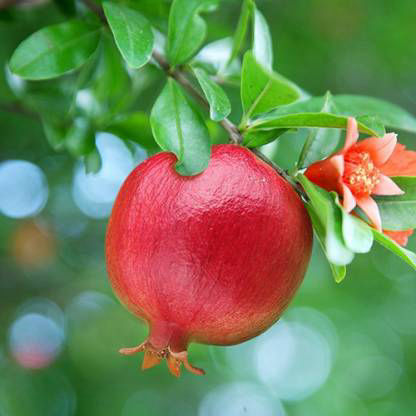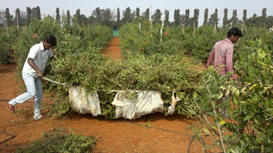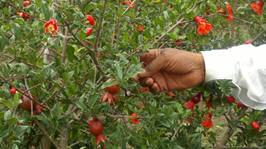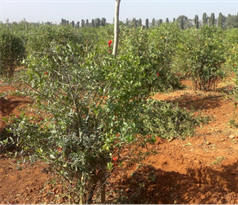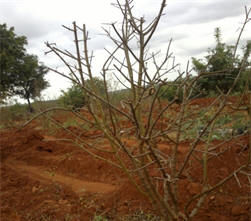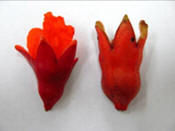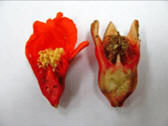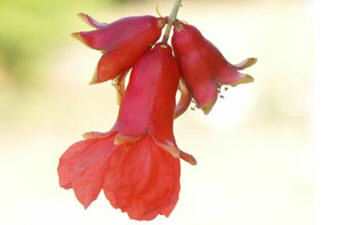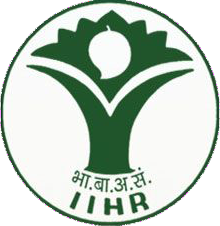Soil & Climate
Soil : The pomegranate shows wide adaptability to varying soil conditions. It grows best on deep, rather heavy loam and alluvial soils which are ideal for its cultivation. Soils rich in organic carbon proved highly beneficial. It can tolerate soils which are limy and slightly alkaline. It can also be grown in medium or light black soils.
Climate: Pomegranate can adapt itself to a wide range of climatic conditions but is grown successfully in areas of cool winters and hot and dry summers. It can grow from the plains to an elevation of about 2000 m. Higher temperature is beneficial at the ripening period which produces sweeter fruits. The quality of the fruit is adversely affected in humid climate besides suffering from high incidence of pest and diseases. The tree is hardy in nature and can withstand drought to a considerable extent, but does well when enough irrigation is given.
